Study examines not just AQI but also IAQ (indoor air quality) due to construction. Highlights include the finding that proximity to a construction site may not be the only deciding factor for higher levels of particulate matter. Wind tunnels and extent of high rise construction determine the extent of air pollution.
When the AQI of New Delhi breached the very severe category in early November 2023, one of the actions (among many others) that the Delhi government took was to ban all construction activity for a few days until the AQI levels improved a bit. This is not surprising because it’s a no-brainer that construction sites spew dust and particulate matter. But how much of a city’s air pollution can be attributed to construction activities? And how much of such particulate matter in the environment affects our health? In an attempt to answer these questions, a team from IIITH undertook an IoT-led study to capture the levels of particulate matter, temperature, humidity and even carbon dioxide in the indoor environment as well as the outdoors near a construction site. The research has led to the publication of a paper titled ‘Comparative Analysis of Construction-Related Air Pollution In Indoor and Outdoor Environments’, which won the Best Paper award at the 11th International Conference on Environment Pollution and Prevention (ICEPP) 2023 in Brisbane, Australia in November.

Multi-disciplinary Project
Research on air pollution at IIITH is part of a multi-disciplinary and collaborative project on “IoT enabled Smart Cities: Pollution, Health and Governance”. It is funded by the National Geospatial Programme (NGP), DST, India and the PRIF Social Incubator Program (2019) with partners such as the Smart City Living Lab at IIITH, the Society for Cyberabad Security Council (SCSC), and the state Government of Telangana.
Prof. Kavita Vemuri who is looking into the health aspects of the project is focused on the immediate effects of air pollution such as respiratory disorders. Many studies have been conducted on the contributions of the construction industry to greenhouse gas (GHG) emissions which are a major source of air pollution. When an ongoing construction project in Hyderabad brought various health concerns to the fore such as nose and throat irritation in residents of the neighbourhood, increased asthma attacks among children and so on, the team decided to undertake a comprehensive study to highlight how construction-related dust travels and the perils of breathing in unhealthy levels of PM2.5.
What They Did
Over a span of 40 days, a total of 65,000 data points were collected for both indoor and outdoor scenarios via sensors from a residential complex adjacent to a construction site. In addition to this, a camera node captured construction images during the day as well as the night at a frequency of 15 minutes. These images were then co-located with air pollution data.
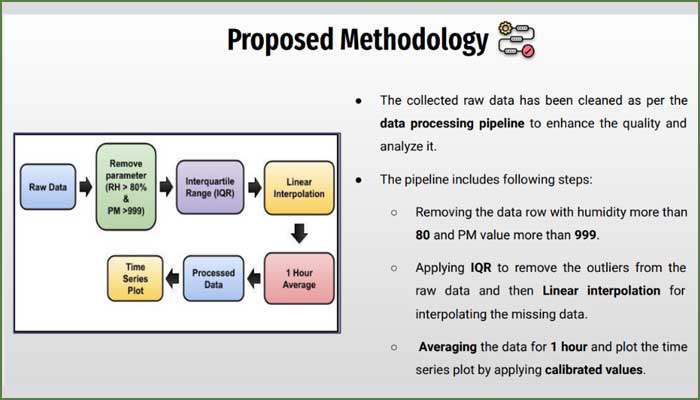
What They Found
“People typically assume that when they close all windows and turn on ACs indoors, they are safe from the pollutants. Our study showed that the indoor air quality becomes quite toxic in the absence of adequate ventilation,” says Rishikesh Bose, the lead author of the paper. It is known that carbon dioxide levels rise in occupied spaces that are inadequately ventilated. “During the pandemic when the risk of contagion was high due to mass contact, we had deployed CO2 sensors to alert us of possible overcrowding in labs, classrooms and so on. The same sensors were used in this study to examine the effects of ventilation in indoor spaces,” remarks Prof. Sachin Chaudhari, co-ordinator of the Centre of Excellence on IoT for Smart Cities at IIITH. Another interesting finding is that while proximity to the construction site is a determining factor for elevated levels of PM2.5 and PM10, one of the residential blocks that was further away actually reported the highest mean values of both kinds of particulate matter. “Wind pattern and the presence of wind ducts played a role in raising PM2.5 and PM10 levels in this case,” explains Rishikesh. As expected, the block that was closest to the construction site exhibited the highest outdoor levels of PM10. But the surprise finding was in its lowest CO2 emissions and indoor pollution. This was due to its residents throwing open all windows thus ensuring excellent ventilation.
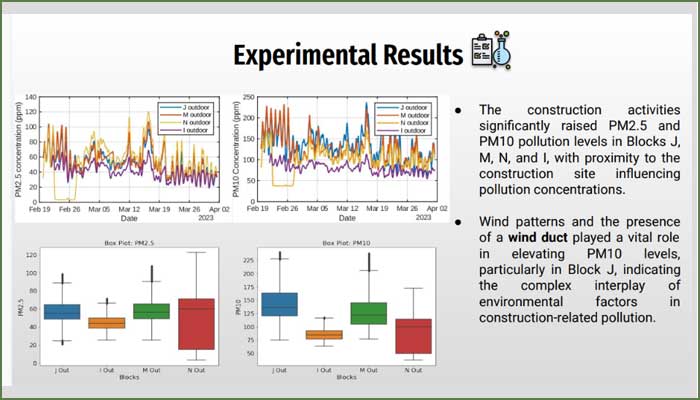
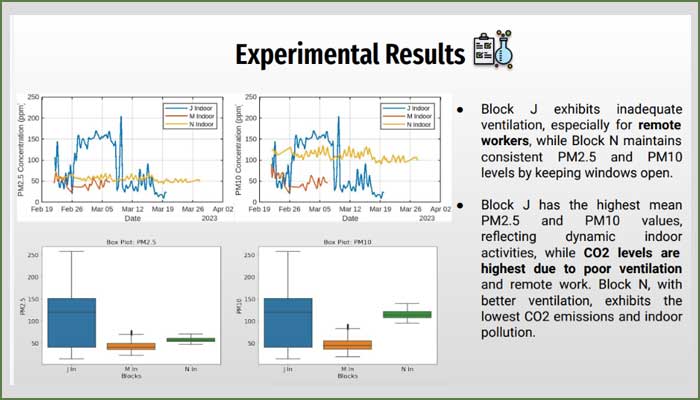
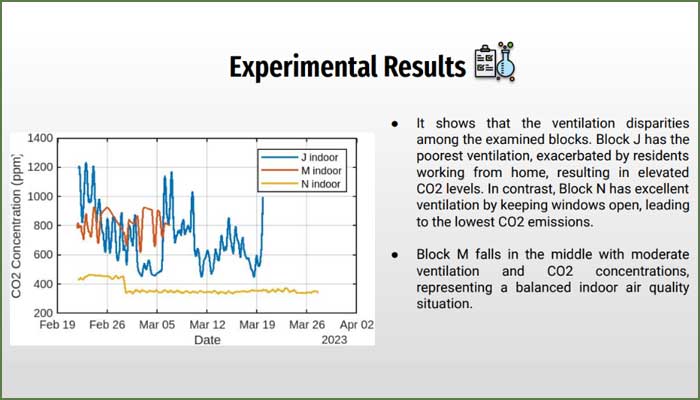
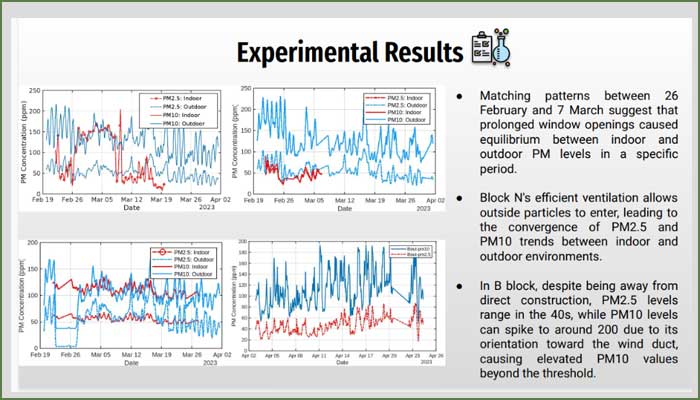
Impact
“We want to convey that construction activity taken without proper care to protect the environment around is dangerous for everyone in close proximity to it,” says Prof. Kavita. However, with the aim of bridging the gap between mere knowledge and understanding and to help drive appropriate action, a formal complaint has been lodged with the Central Pollution Control Board (CPCB) that is currently looking into it. According to Prof. Chaudhari, a similar comprehensive study on the long-term effects of pollution is in the works with the construction of a new academic block underway on the IIITH campus.

Sarita Chebbi is a compulsive early riser. Devourer of all news. Kettlebell enthusiast. Nit-picker of the written word especially when it’s not her own.

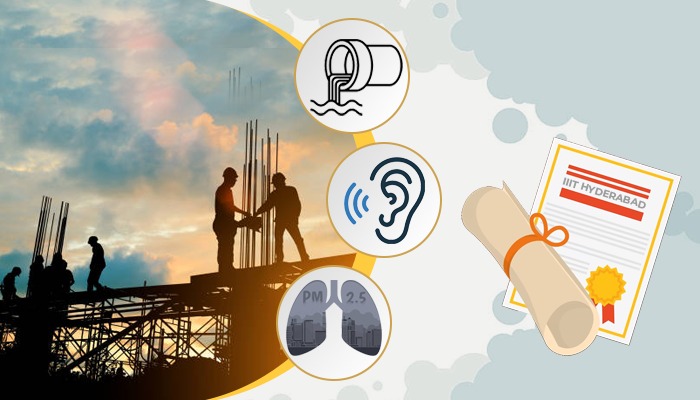
Next post